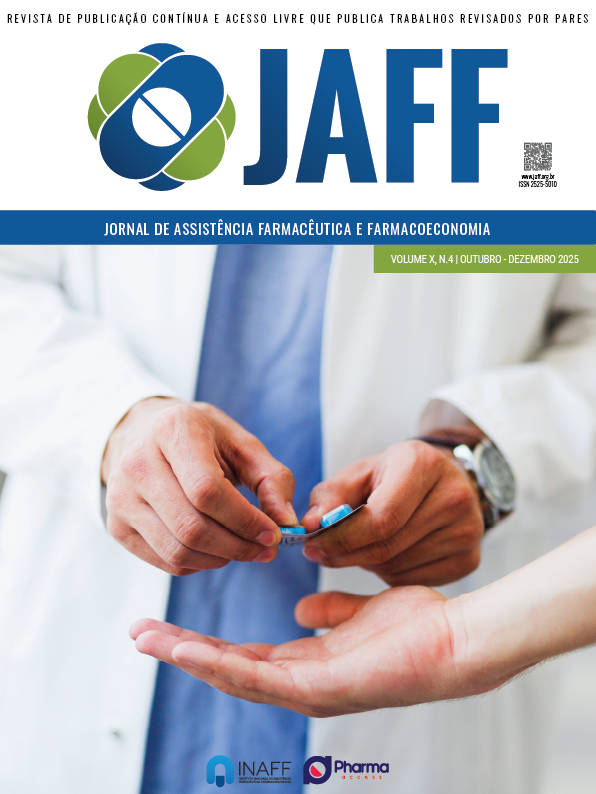Abstract
Objective: to analyze the post-consumption profile of medicines discarded by the university community in the collection available at the Health Sciences Center of the Federal University of Paraíba. Methods: The Descarta CIM extension project installed a collector in the Medicines Information Center - CIM of the Department of Pharmaceutical Sciences and promoted educational campaigns in other teaching centers on Campus I. From this, discarded medicines were weighed and cataloged over a period of 6 months, followed by detailed analysis of the type of medicine, regulatory category, ATC (Anatomical Therapeutic Chemical) classification, pharmaceutical form, type of packaging and expiration date. Results: The data found indicates that generic medicines represent 42.5% of the discarded volume, followed by reference medicines (35.7%) and similar medicines (21.7%). Analysis of the ATC classification reveals a prevalence of medications related to the digestive system and metabolism, followed by the cardiovascular system, nervous system and musculoskeletal system. There is a high percentage of medicines that are out of date (72.8%), raising questions about the practice of self-medication and the need to raise awareness about the rational use of medicines. Conclusion: The study demonstrates some limitations, especially when it cannot be accurately determined whether all discarded medications were actually used by the university community. However, the analysis demonstrated that the promotion of educational campaigns and the presence of collectors encourage the proper disposal of medicines and encourage a change in behavior and the practice of environmental protection actions.

This work is licensed under a Creative Commons Attribution 4.0 International License.
Copyright (c) 2025 Sr.ª, Sr., Silvana Teresa Lacerda Jales


